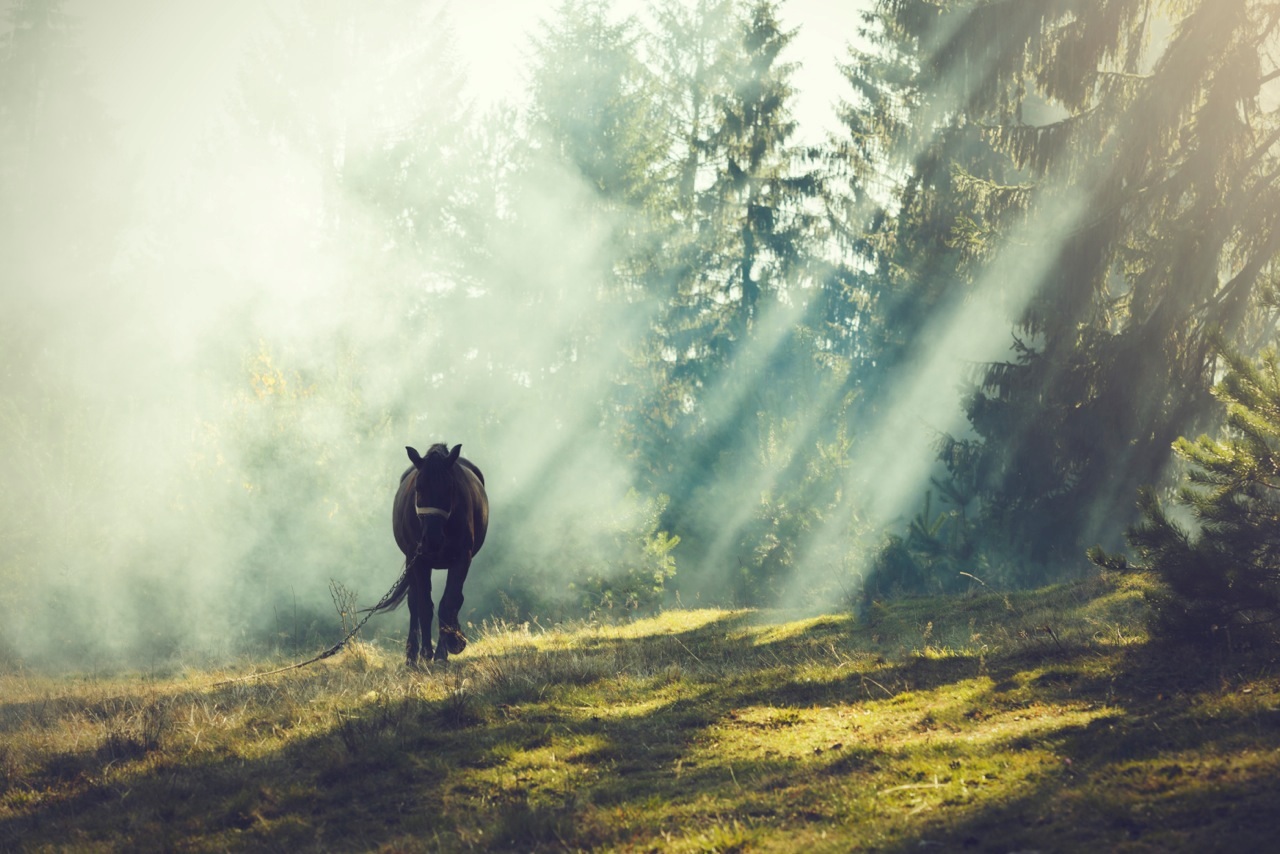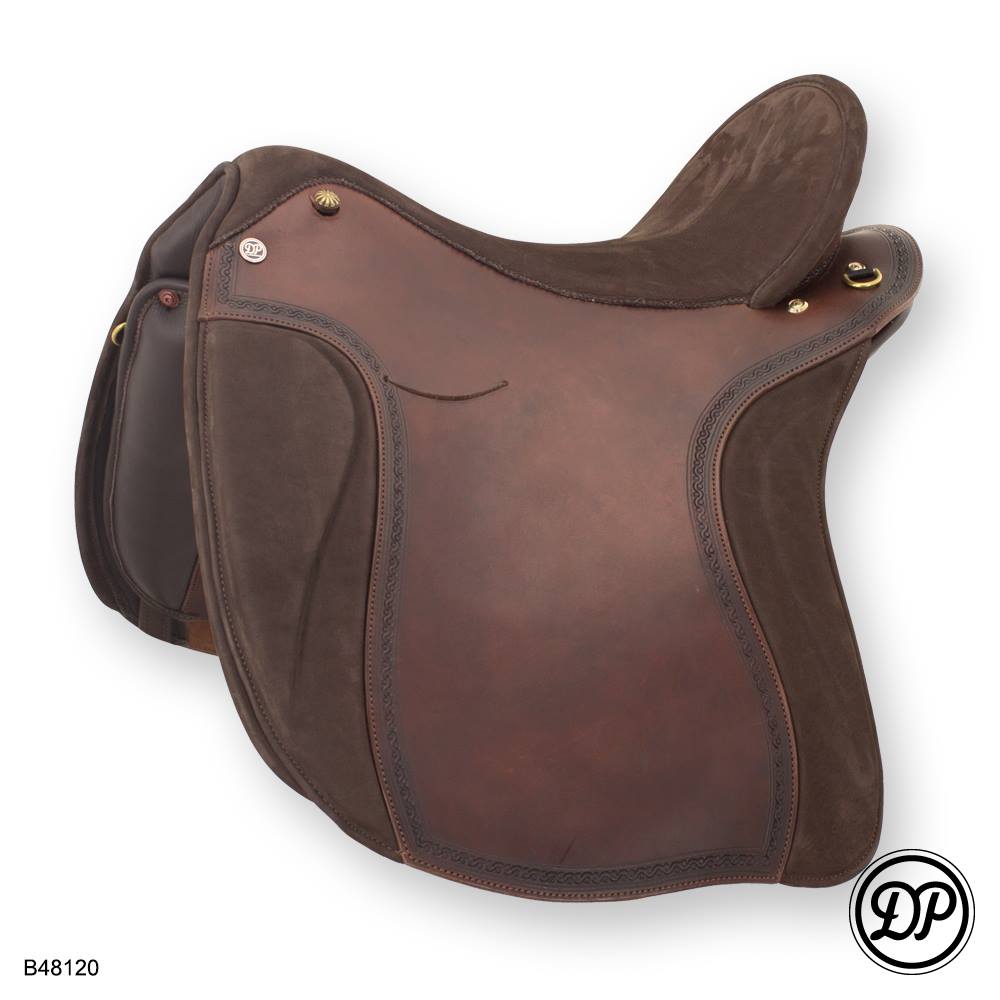
Seasonal Tips
Caring for your horses
Article by Luisa Wood (Nutritional Advisor KER)
 Autumn
Autumn
March: Horses in high workloads and regularly competing at this time of the year may experience muscle soreness or stiffness. Antioxidants are essential for fighting free radicals and protecting muscles from damage. Vitamin E is an essential supplement for hard working horses or any horses with muscle soreness.
Product of the month: KERx Nano E
April: Feed for coat health and shine. Autumn is often the time when horse’s coats change and start to get thicker, and many people will clip their competition horses to maintain coat health for showing and competing. Including a fat source in the diet can make a significant improvement in coat quality, as well as a coat conditioning supplement.
Product of the month: KER Bio Bloom.
May: Ensure adequate body condition before the temperature drops. For horses that are inclined to lose weight in the colder months, prevention is always better than cure and ensuring adequate body condition now can make a significant difference to how they maintain their weight over winter. Feed plenty of hay, the correct amount of a fortified feed, and a fat supplement such as stabilised rice bran to manage body condition.
Product of the month: KER Equi-Jewel
 Winter
Winter
June: Hay consumption can help to keep your horse warm! Eating plenty of hay fuels heat producing fermentation in the hindgut, and this digestive action is one of the most important sources of warmth for horses that live in cold climates. Make sure your horse always has hay available, especially if there is little pasture. Horses can drop weight quickly in winter so monitor body condition carefully and consider including a fat supplement to maintain them at the optimum weight.
Product of the month: KER Equi-Jewel
July: Keep an eye on hoof health in the wetter months. Hooves that stay wet for longer in muddy paddocks are at higher risk of thrush, seedy toe, abscesses and becoming weak and brittle. As well as finding dry areas for your horse to stand to allow hooves to dry for at least some of the day, a hoof supplement is a great idea for maintaining hoof health.
Product of the month: KER Bio Bloom
August: Ensure optimum nutrition in the winter months. Although most horses have a reduced workload in winter and may require less energy, this doesn’t mean their nutritional needs should be compromised. Using a concentrated balanced pellet is a great way of meeting nutrient requirements in a convenient low dose with little calories.
Product of the month: KER All-Phase
 Spring
Spring
September: Now is often the time when the workload of competition or showing horses is being stepped up. Consider including a joint supplement in your performance horse’s diet to protect joints from inflammation and damage as a result of work.
Product of the month: KER Glucos-A-Flex
October: Be wary of spring pastures. Spring is the most common time for horses to be at higher risk of laminitis due to the higher fructan (sugar) levels in fresh pastures. For horses with a history of laminitis and those that are at increased risk for some other reason, restrict access to pasture at certain times when grasses contain high sugar levels (very early morning hours are safest). These include when grass is growing rapidly, at times when night frost is followed by a warm, sunny day, and when grass is stressed, such as by overgrazing or drought. Intake of rich spring pastures for ‘good doers’ or horses prone to laminitis can be controlled by the use of grazing muzzles, strip grazing behind other horses, yarding, and restricting turnout hours. Keep in mind that horses and ponies can ingest a lot of forage in a short time, especially if they have previously been kept off pasture.
Product of the month: KERx EquiShure
November: Avoid spring weight gain. Spring is the time when most ‘good doers’ will gain weight quickly if body condition is not monitored carefully. Monitor pasture intake, especially if the pasture is lush, and restrict calories through providing nutrients with a concentrated balancer pellet.
Product of the month: KERx Gold Pellet
 Summer
Summer
December: The importance of water. Use cold water hosing or sponging to cool your horse after exercise. It’s not true that pouring cold water over hot muscles will cause cramping. Apply cold water, scrape it off, and pour on more to carry heat away. Allow your horse to drink during and after exercise periods. Give him a chance to drink, walk him for a few minutes, offer more water, walk, and continue until he has had all the water he wants.
Product of the month: KER Perform
January: All horses should have access to a salt block in the summer months. Sodium and chloride (salt) are the only two minerals horses will seek out, so access to a plain white or pink salt block or loose salt is ideal for ensuring they are consuming adequate amounts. Electrolytes are also important for working horses to replace the minerals lost in sweat. Because sweat can evaporate before it becomes visible, electrolyte replacement should be considered in all working horses even if sweat cannot be seen.
Product of the month: KER Restore
February: Feed storage can be a challenge when temperatures soar. Where possible, store your feed in a cool, dry, and well-ventilated place. Consider buying pelleted feeds that last longer than mueslis and sweet feeds and never buy more feed than you are able to use up before the ‘best before’ date of the product.
Product of the month: KER Preserve
Visit KER’s Web – https://ker.com/products/ker-products/australia/




